Green vegetables "increase in price" after storm, other foods remain stable
After the circulation of storm Bualoi, many vegetable growing areas in Nghe An in particular and many other provinces in general were heavily flooded, causing a serious decrease in the supply of green vegetables. Meanwhile, other food products remained stable in price, helping to balance the consumer market somewhat after the natural disaster...
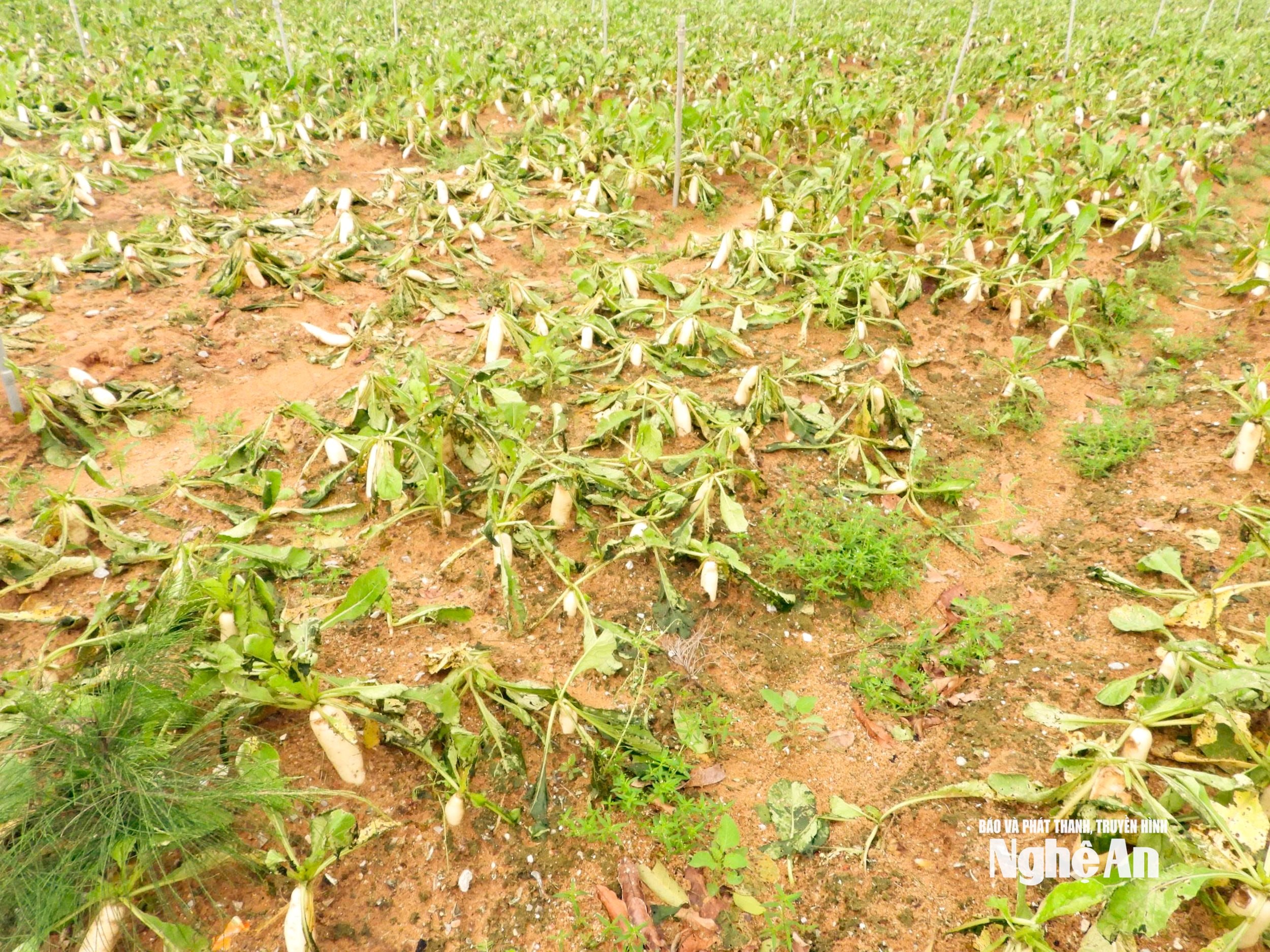
The impact of storm Bualoi has caused many vegetable fields in Nghe An to be submerged in water, with crops crushed and wilted. On the Lam River banks, which used to be rich in vegetables, fruits, squash, eggplant, squash, etc., they are now covered in mud and flooded. Ms. Nguyen Thi Nga, a squash and eggplant grower in Nhan Hoa commune, said: “After storm No. 5, vegetables had not yet recovered when storm No. 10 came. The water flooded twice, and all the plants died. Now it is difficult to even cook vegetables for family meals, let alone sell them to the market.”
In the province's vegetable growing areas such as Quynh Anh commune, Tan Mai ward, and Quynh Mai, deep flooding caused green onions and mustard greens to rot; bitter melon and chayote trellises to collapse, and eggplants and coconut eggplants to wilt at harvest time. Mr. Tran Van Canh, a farmer in Quynh Mai ward, said: "My family's 10 sao crop of green onions and radishes was only a few days away from harvest when heavy rain destroyed them all. Currently, the price of green onions has increased to 20,000-30,000 VND/kg, radishes 15,000-20,000 VND/kg, but there are still none to sell."
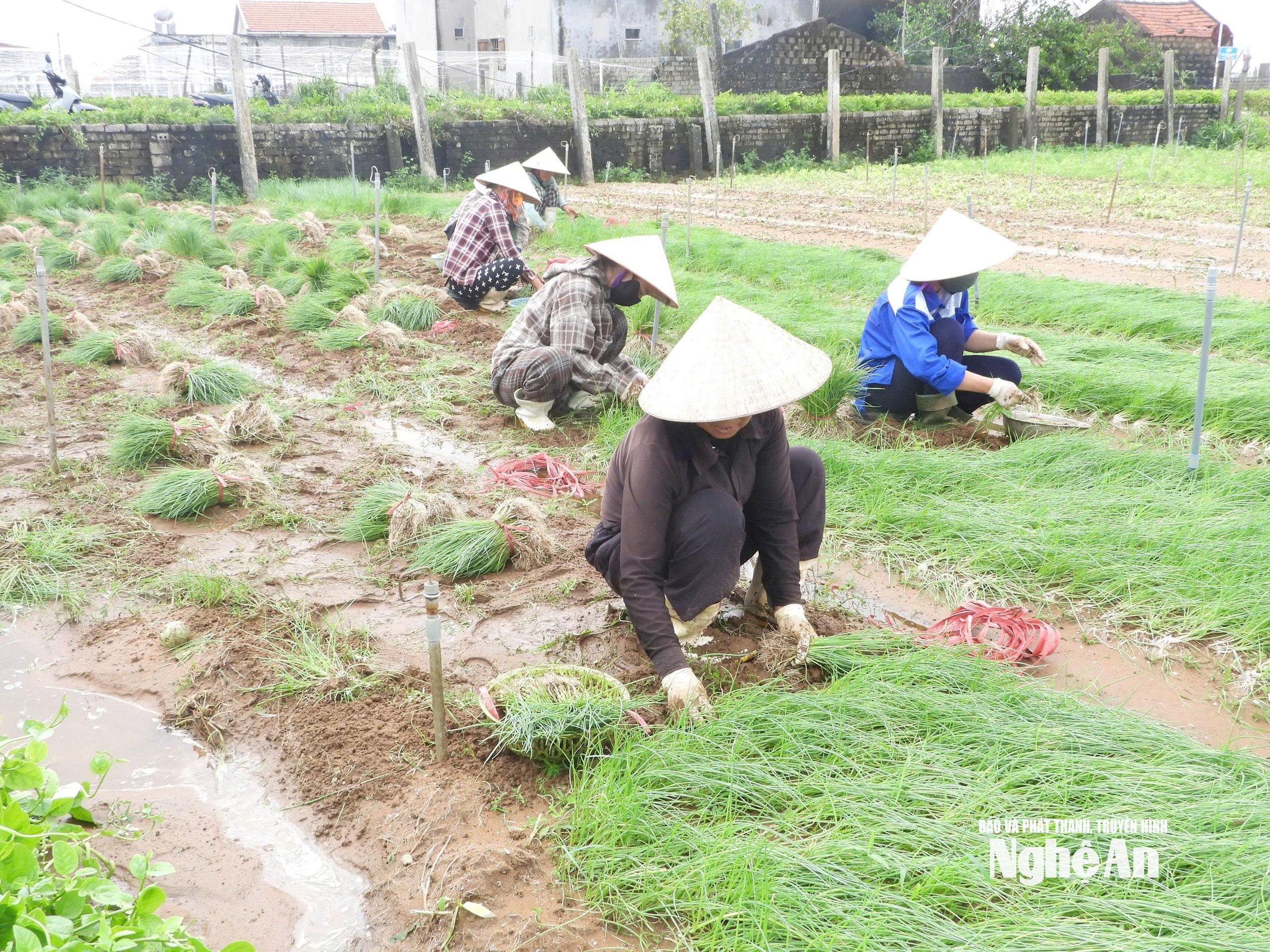
In the Nam Dan spinach growing area, although not flooded, the big storm still caused the vegetables to lose leaves, break, and crush branches. Each bunch of spinach now costs double or triple compared to before the storm, but is still scarce. The sharp decrease in supply has caused the price of green vegetables at the local markets in the province to increase dramatically in recent days.
According to a survey at major markets such as Quan Lau market and Ga market, the prices of water spinach, Malabar spinach, and Malabar spinach have all doubled, fluctuating between 15,000 and 20,000 VND/bunch. Cabbage and Chinese cabbage reached 20,000 and 30,000 VND/kg, while leafy vegetables such as lettuce and watercress jumped to 50,000 and 70,000 VND/kg. Spices, especially green onions, increased 2-3 times compared to normal days. The scarcity of vegetables has also caused the prices of tubers and fruits to climb: green squash 28,000 and 30,000 VND/kg, tomatoes 40,000 and 45,000 VND/kg, pumpkin 27,000 VND/kg, green beans 40,000 and 50,000 VND/kg, and squash 55,000 VND/kg.
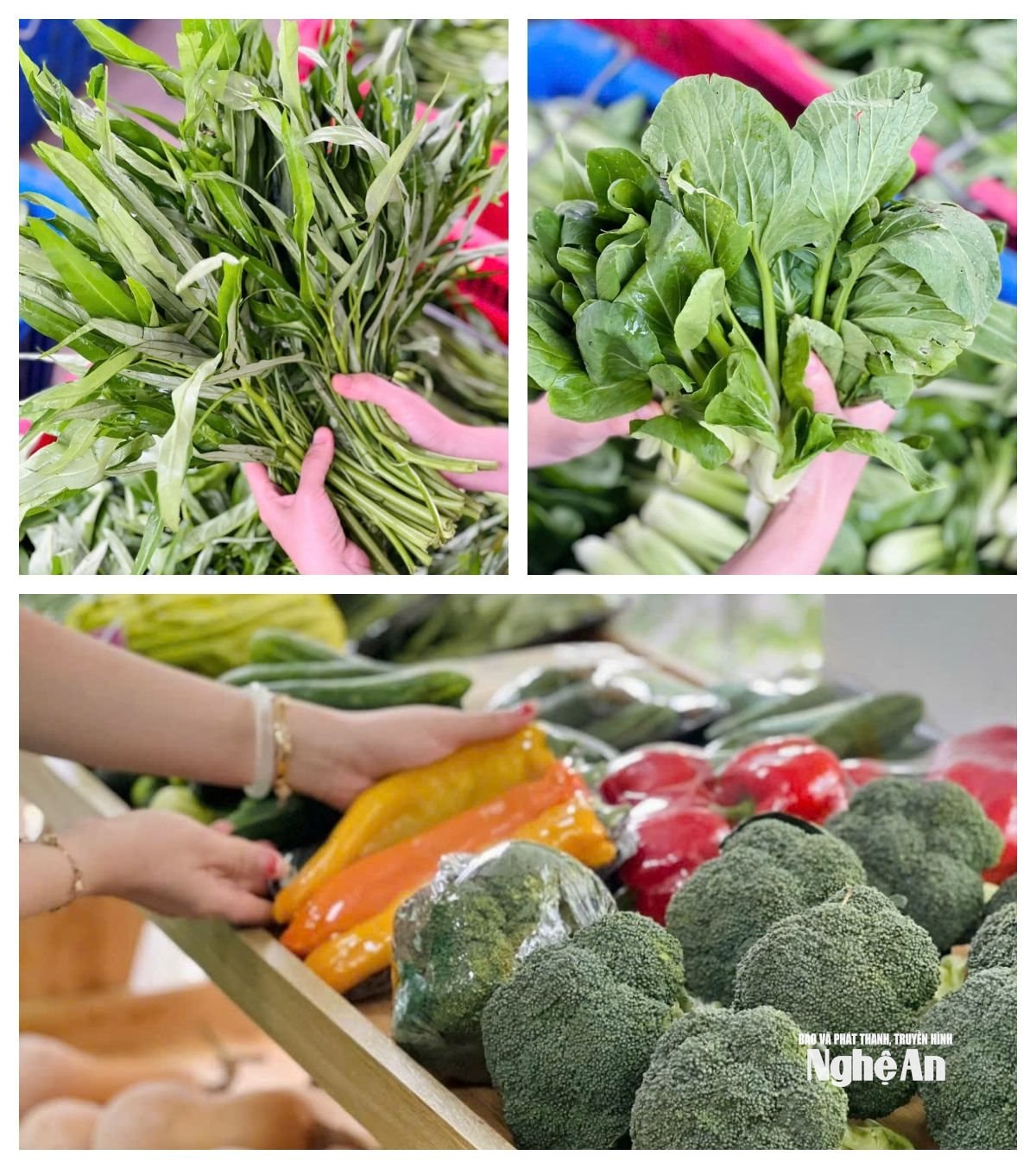
Ms. Phan Thi Minh, a trader at Quan Lau market, said: “Before the storm, water spinach was only 6,000 - 7,000 VND/bunch, now it has doubled, even tripled. Many vegetables are damaged, it is difficult to import goods, we do not dare to buy large quantities.”
The high price of vegetables has forced many families to tighten their spending. Ms. Tran Thi Hieu Hanh, Vinh Loc Ward, shared: “Before, meals always had at least two vegetable dishes, now I only dare to cook one soup. Vegetables are too expensive, so I switched to eating tubers, dried bamboo shoots, and seaweed to save money.”
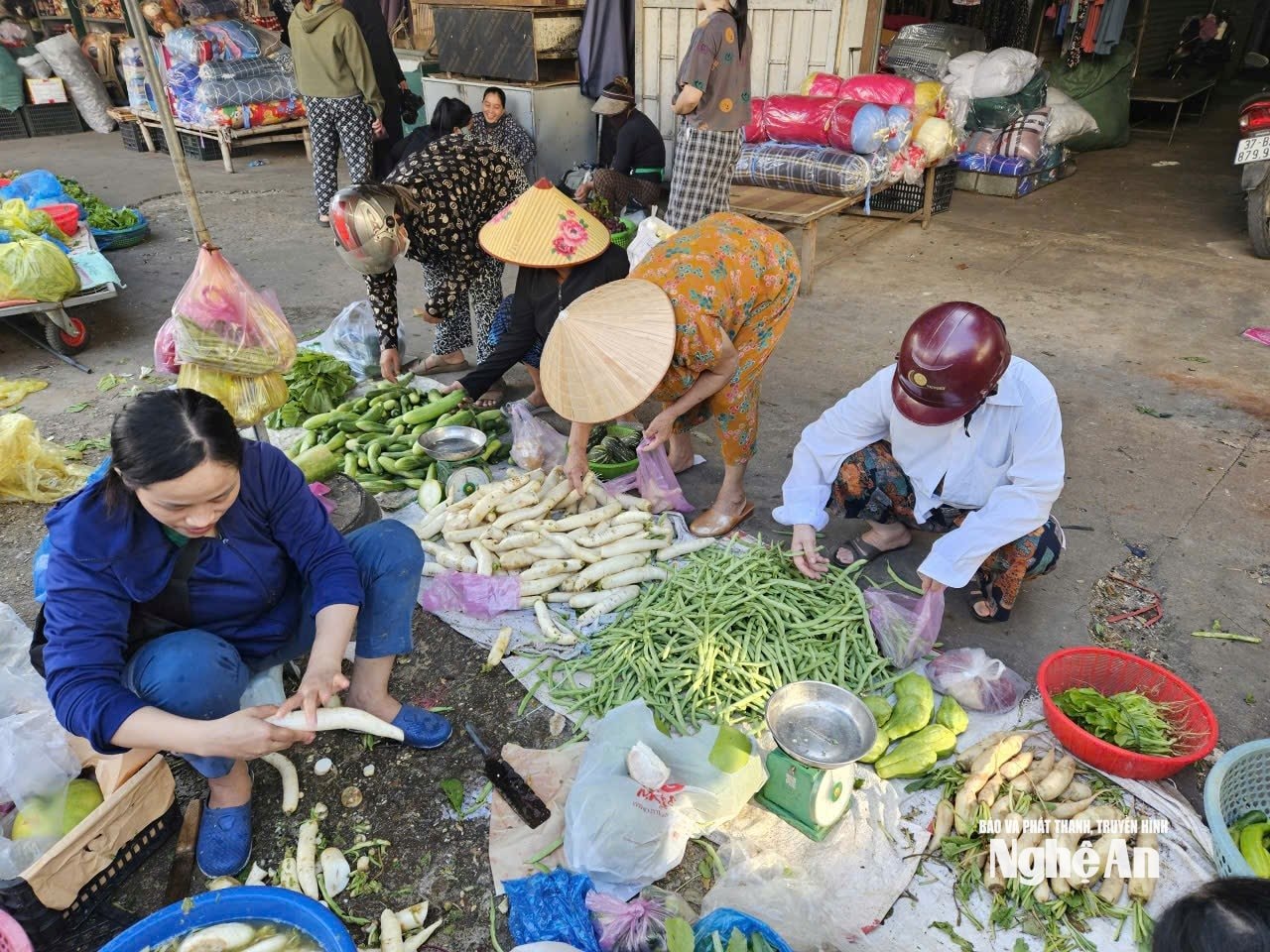
Faced with the scarcity of vegetables in the market, many consumers have switched to buying at supermarkets and safe food stores. Thanks to the supply from concentrated production areas and links with suppliers outside the province, vegetable prices here have only fluctuated slightly, still ensuring a variety of varieties. Large distribution systems have also proactively increased imports from the South to make up for the shortage, contributing to stabilizing the local market.
According to agricultural experts, the increase in vegetable prices is only temporary, due to the direct impact of the weather. When the sun returns and the water recedes, farmers resume production and plant new crops, the supply will gradually stabilize, bringing prices down to equilibrium. However, this price increase once again shows the vulnerability of agricultural production, especially vegetables, to increasingly unusual climate changes.
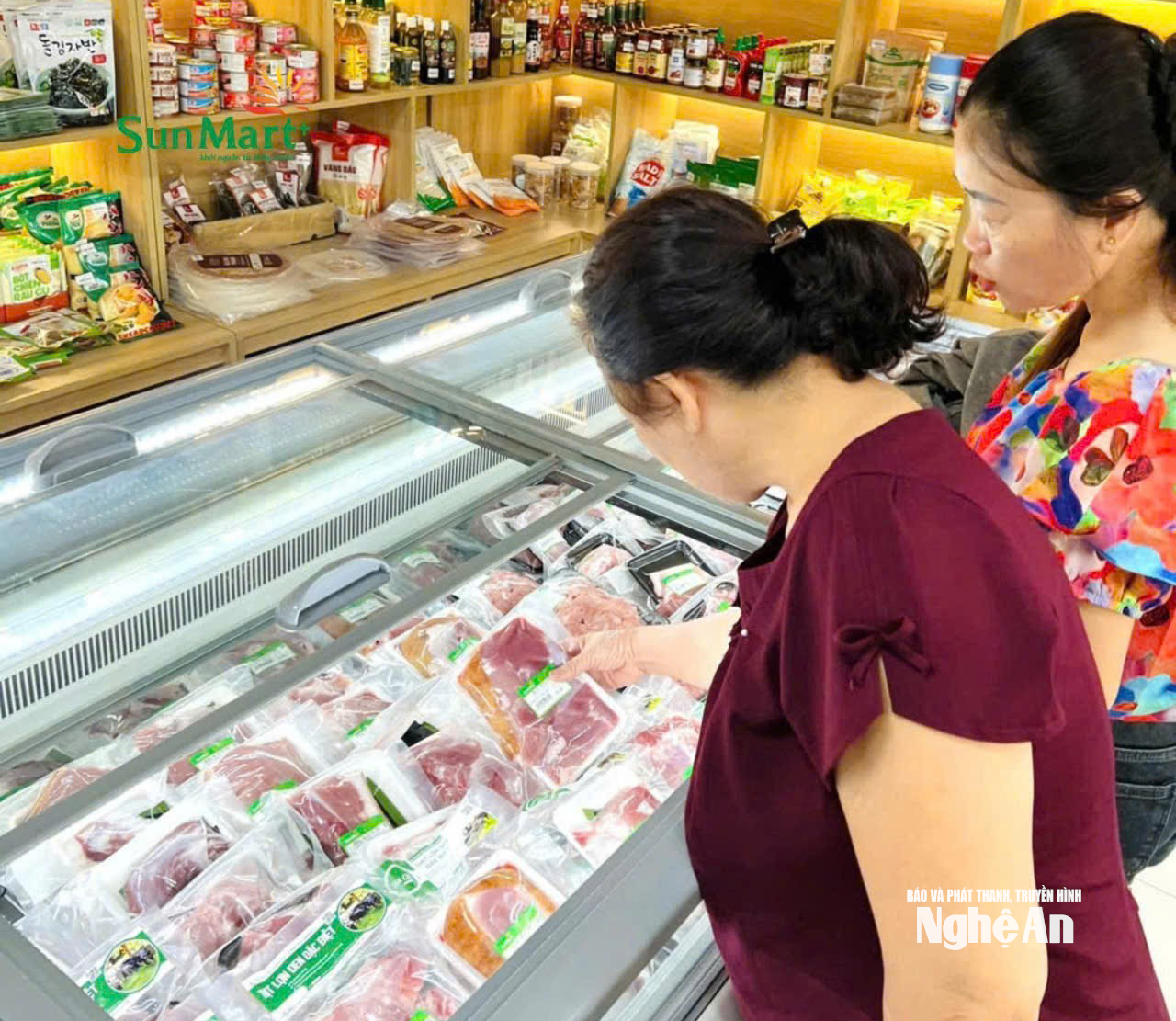
While the price of green vegetables has increased sharply, the prices of other food items have remained stable, even showing a slight downward trend. At traditional markets and supermarkets in the province, the price of pork is commonly 110,000 - 150,000 VND/kg, down 5,000 - 10,000 VND compared to before the storm. Freshwater fish has decreased by 3,000 - 5,000 VND/kg; seafood such as shrimp, sea fish, squid... remain at the same price. Thanks to that, people still have many alternative food options, ensuring a balanced meal.
The representative of the Department of Industry and Trade said that the industry is coordinating with distribution units, supermarkets and retail systems to increase the supply of green vegetables from other provinces and cities to the area, promptly regulate the market and stabilize prices. Along with that, the agricultural sector has conducted surveys, counted the extent of damage and encouraged localities to urgently restore flooded vegetable areas, take advantage of high land and greenhouse systems to grow short-term vegetables, and soon stabilize the supply.
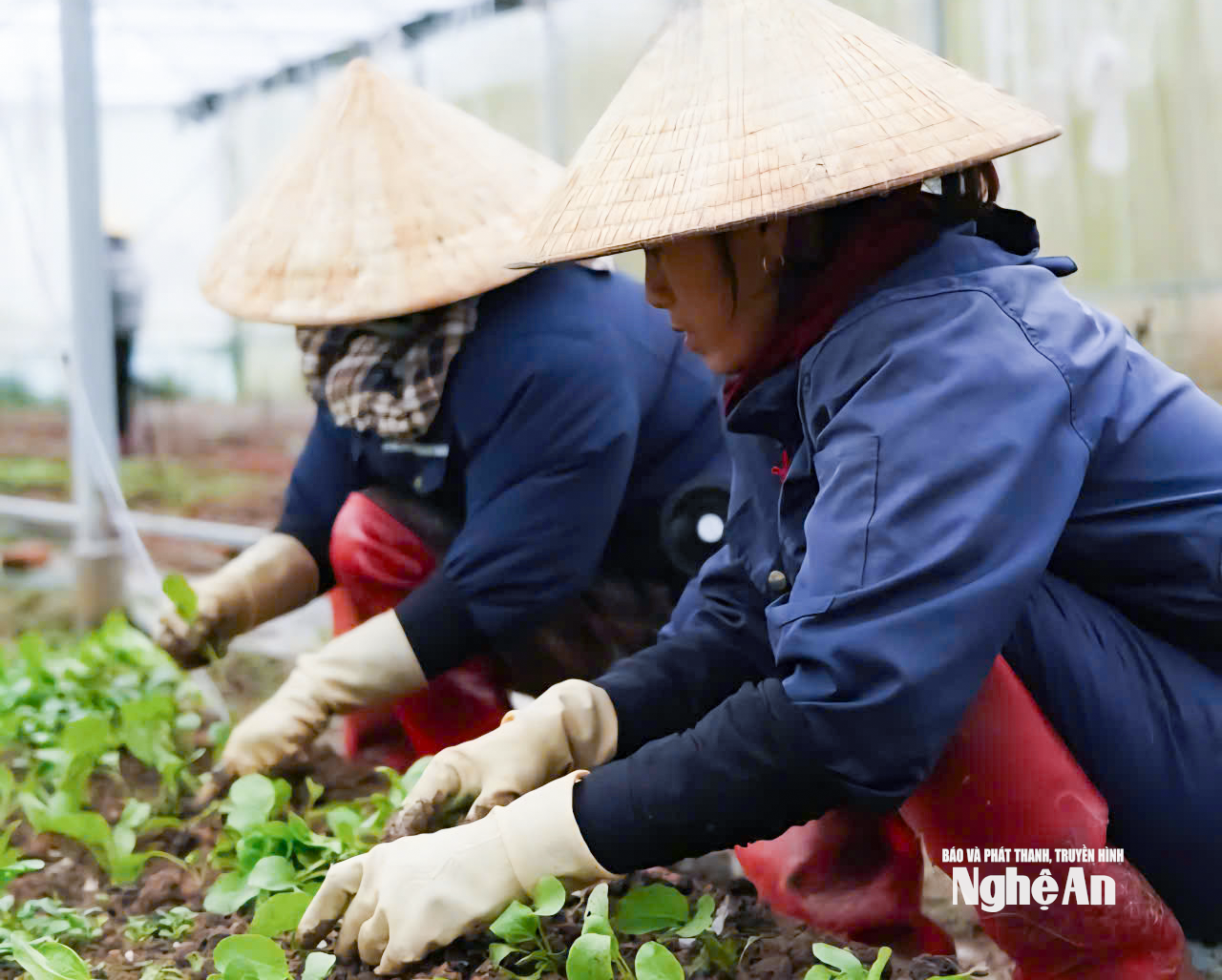
On the consumer side, during times when green vegetables are scarce and prices are high, they can flexibly choose alternative dried foods such as dried bamboo shoots, seaweed, etc. to ensure nutrition and balance spending.



